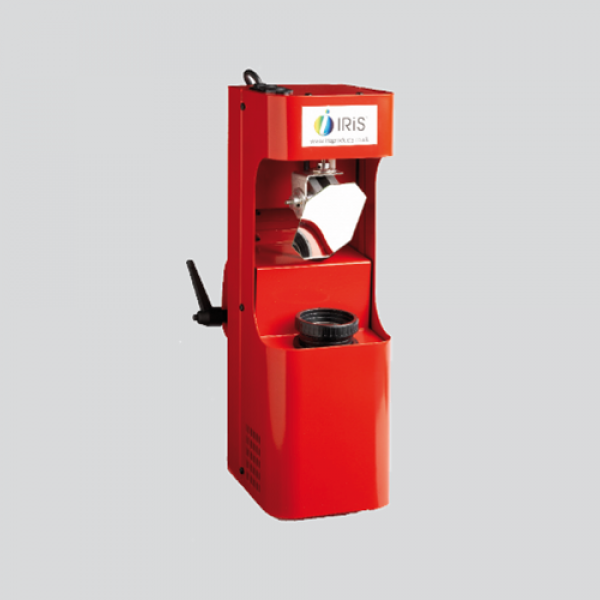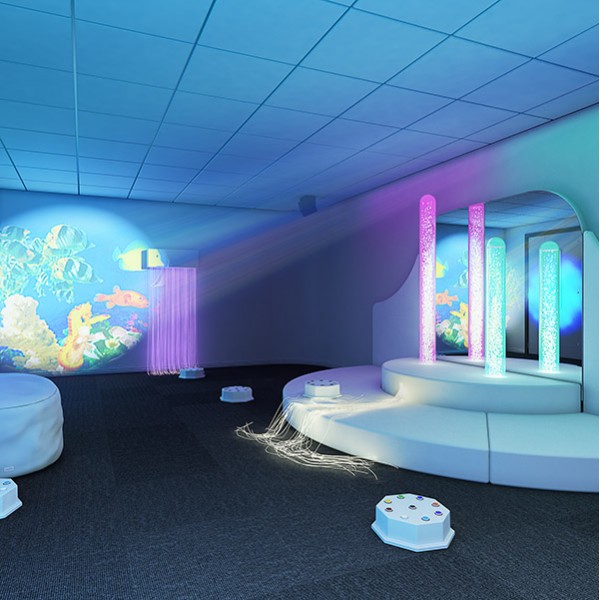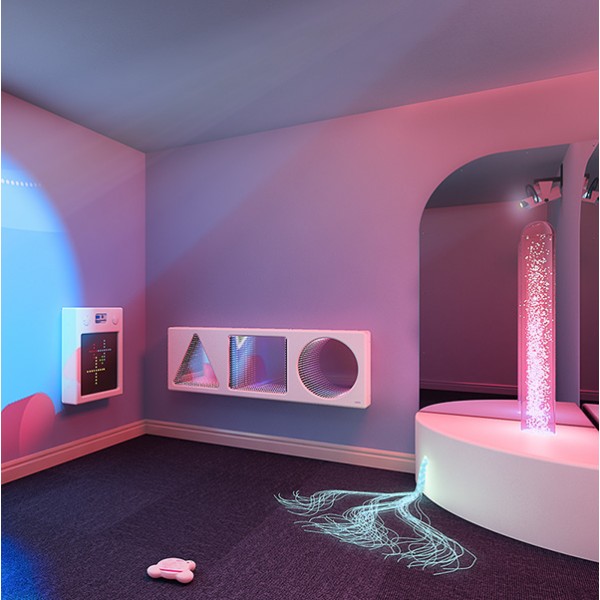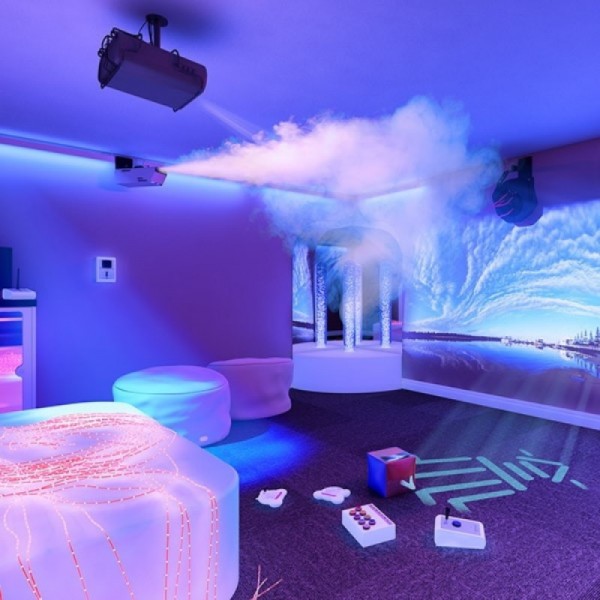Tracking Skills
Visual tracking skills refer to the ability to control eye movements using the oculomotor system, which is essentially vision and eye muscles working together. This means being able to use the eyes to focus on and follow a moving object, or alternating between two or more objects that are relevant to what is happening around you, for example a baby looking back and forth between two or more toys offered by a parent. Tracking skills can also refer to the ability to locate the source of a sound and as a child develops, is therefore vital to their safety, e.g. moving out of the way of danger, and also for being able to follow a group conversation.
Intrinsically linked to visual and auditory tracking skills, is hand-eye coordination and a person's ability to coordinate other motor movements with what they can see. As a child develops, this skill will become invaluable in helping them to interact with their environment and respond accordingly to what is happening around them.
For those with Autism, ASD or other developmental disorders, tracking skills can be delayed, thereby causing knock-on effects in other areas of development such as the aforementioned hand-eye coordination but also concentration, sequencing and communication skills.
The correct use of appropriate sensory equipment can help to both diagnose and develop tracking skills and the highly stimulating sensory rewards can provide the often much-needed motivation for users to engage and push themselves to develop their tracking abilities. Check out the sensory solutions below, all designed for developing valuable life skills including tracking abilities. Or contact our sensory experts today if you want to find out more about how Experia can help you change lives.


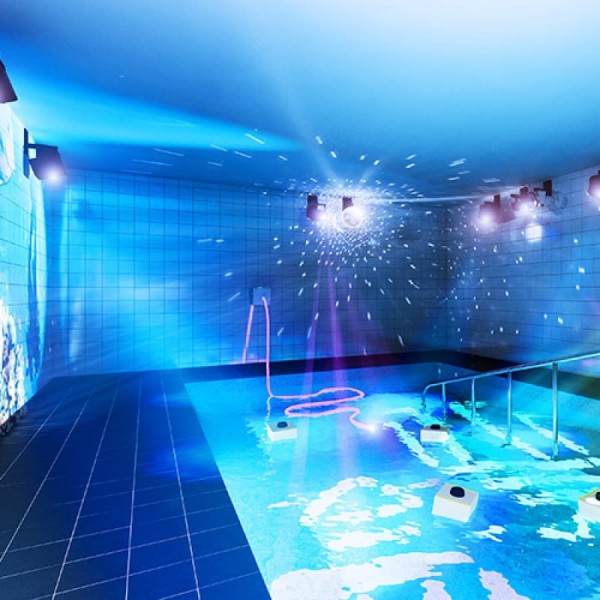
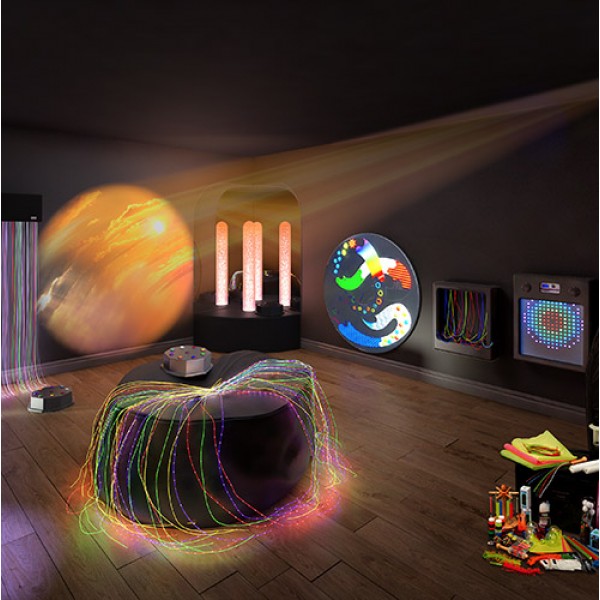
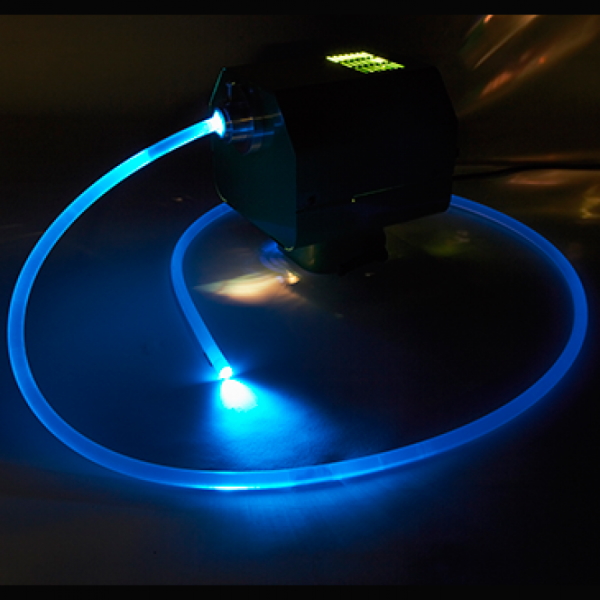
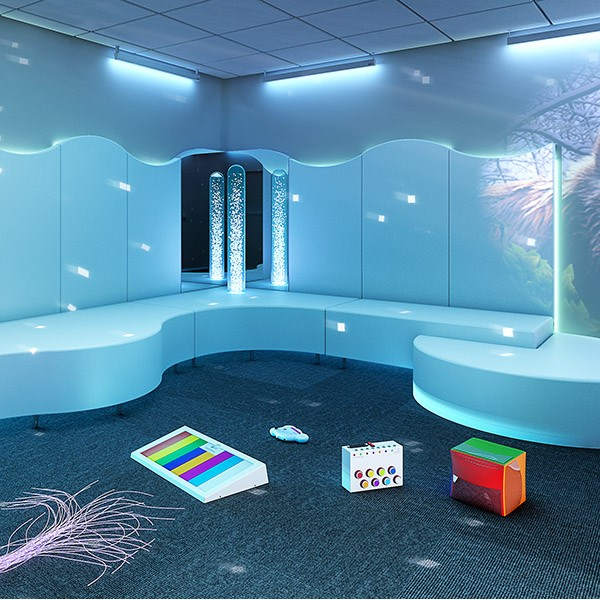
-600x600.png)
